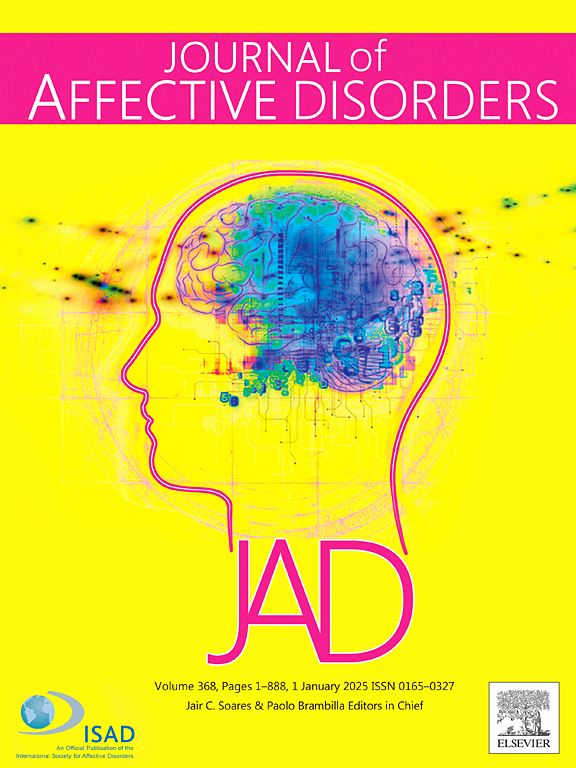Hippocampal transcriptome analysis in ClockΔ19 mice identifies pathways associated with glial cell differentiation and myelination
IF 4.9
2区 医学
Q1 CLINICAL NEUROLOGY
引用次数: 0
Abstract
Background
ClockΔ19 mice demonstrate behavioral characteristics and neurobiological changes that closely resemble those observed in bipolar disorder (BD). Notably, abnormalities in the hippocampus have been observed in patients with BD, yet direct molecular investigation of human hippocampal tissue remains challenging due to its limited accessibility.
Methods
To model BD, ClockΔ19 mice were employed. Weighted gene co-expression network analysis (WGCNA) was utilized to identify mutation-related modules, and changes in cell populations were determined using the computational deconvolution CIBERSORTx. Furthermore, GeneMANIA and protein-protein interactions (PPIs) were leveraged to construct a comprehensive interaction network.
Results
174 differentially expressed genes (DEGs) were identified, revealing abnormalities in rhythmic processes, mitochondrial metabolism, and various cell functions including morphology, differentiation, and receptor activity. Analysis identified 5 modules correlated with the mutation, with functional enrichment highlighting disturbances in rhythmic processes and neural cell differentiation due to the mutation. Furthermore, a decrease in neural stem cells (NSC), and an increase in astrocyte-restricted precursors (ARP), ependymocytes (EPC), and hemoglobin-expressing vascular cells (Hb-VC) in the mutant mice were observed. A network comprising 12 genes that link rhythmic processes to neural cell differentiation in the hippocampus was also identified.
Limitations
This study focused on the hippocampus of mice, hence the applicability of these findings to human patients warrants further exploration.
Conclusion
The ClockΔ19 mutation may disrupt circadian rhythm, myelination, and the differentiation of neural stem cells (NSCs) into glial cells. These abnormalities are linked to altered expression of key genes, including DPB, CIART, NR1D1, GFAP, SLC20A2, and KL. Furthermore, interactions between SLC20A2 and KL might provide a connection between circadian rhythm regulation and cell type transitions.
求助全文
约1分钟内获得全文
求助全文
来源期刊

Journal of affective disorders
医学-精神病学
CiteScore
10.90
自引率
6.10%
发文量
1319
审稿时长
9.3 weeks
期刊介绍:
The Journal of Affective Disorders publishes papers concerned with affective disorders in the widest sense: depression, mania, mood spectrum, emotions and personality, anxiety and stress. It is interdisciplinary and aims to bring together different approaches for a diverse readership. Top quality papers will be accepted dealing with any aspect of affective disorders, including neuroimaging, cognitive neurosciences, genetics, molecular biology, experimental and clinical neurosciences, pharmacology, neuroimmunoendocrinology, intervention and treatment trials.
 求助内容:
求助内容: 应助结果提醒方式:
应助结果提醒方式:


